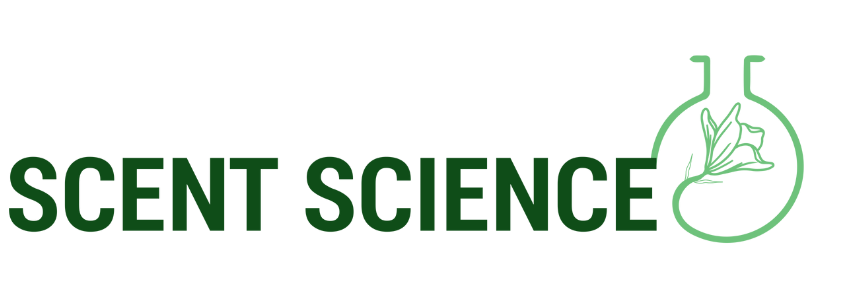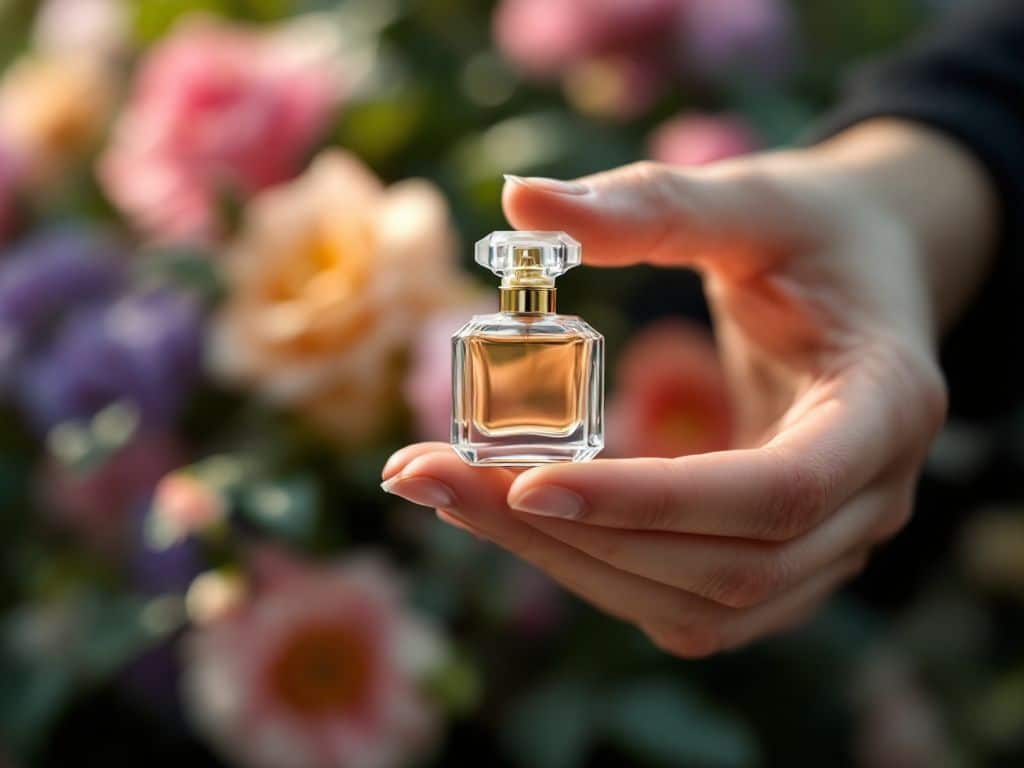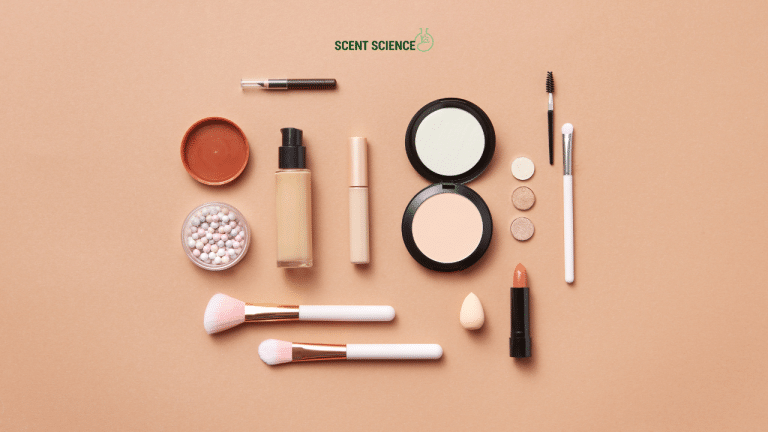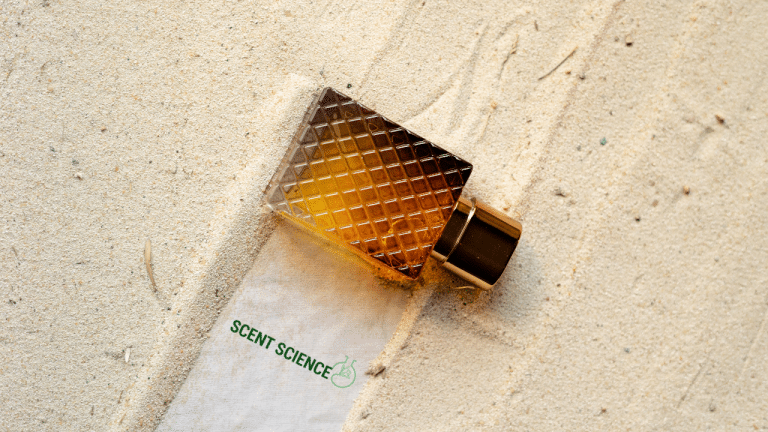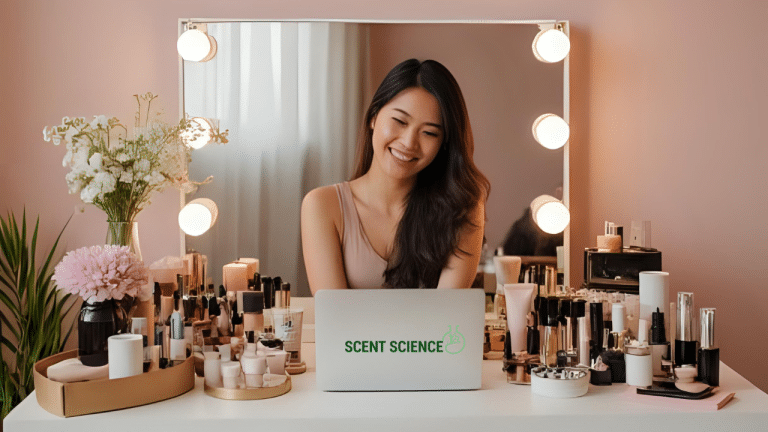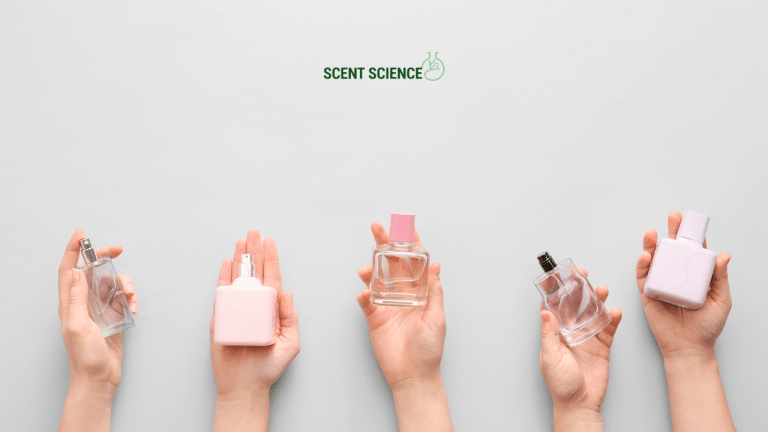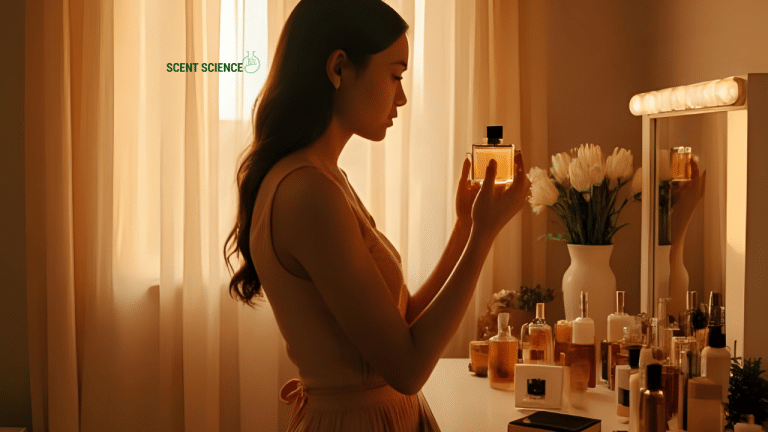The connection between fragrance and memory is an extraordinary phenomenon, as olfactory sensations can instantly transport us back to long-forgotten moments. In this community feature, we explore the fascinating interplay of scent and memory through the heartfelt stories shared by our community. These narratives not only illustrate the profound links between fragrance and nostalgia but also uncover the scientific underpinnings that enable such memories to endure over time.
Table of Contents
ToggleThe Science Behind Fragrance and Memory
When it comes to our senses, smell is uniquely powerful in triggering memories. This is largely due to the direct connections between the olfactory system and the brain’s memory and emotion centers, particularly the amygdala and hippocampus. Studies have shown that smells can evoke memories and emotions more intensely than visual or auditory cues (Herz, 2004).
The olfactory bulb has robust projections to these brain areas, explaining why so much emotion and detail can be relived through scent. Unlike other sensory systems, which make more circuitous journeys through the neocortex, the olfactory inputs enjoy a privileged shortcut, allowing for memories and emotions to be vividly experienced.
A Mosaic of Memories: Community Stories and Insights
Let’s delve into some remarkable stories from our community, showcasing the deep connection between fragrance and memory.
Gourmet Scents: A Culinary Journey to Yesterday
For many, the aroma of specific foods brings back resonant childhood memories. Years ago, Jamie, a community member, recounted their childhood spent in their grandmother’s kitchen. The air was always filled with the robust scent of baked apples and cinnamon during the cozy fall seasons, a fragrance that now effortlessly transports Jamie back to those warm familial gatherings.

🔍 **Example & Analysis**: The link between fragrance and memory in Jamie’s story exemplifies the Proustian phenomenon, named after French author Marcel Proust, whose description of madeleine dipped in tea became a quintessential representation of involuntary memory (Chu & Downes, 2002).
**Actionable Tips**: If you are aiming to create a similar nostalgic aura, consider incorporating spices like cinnamon or nutmeg into your home environment or baking routine🍪. These scents have the ability to trigger warm, inviting memories for many.
A Whiff of Adventure: Explore the World Through Scent
Travel has its irresistible scents too, and many travelers recapture their journeys through fragrance. For example, Alex shared how a whiff of sea salt and sunscreen instantly revives memories of sun-drenched days spent exploring the vibrant coastlines of Greece.
🔍 **Example & Analysis**: According to research, smells encountered in new and novel environments are more likely to create vivid and long-lasting memories (Herz & Schulz, 1997). For Alex, the coastal scents are embedded in both memory and emotion, creating a seamless transport back to a cherished adventure.
**Actionable Tips**: Incorporate elements such as candles or essential oils that evoke travel destinations into your space. This technique can serve as a welcome escape, particularly when longing for past adventures or to ignite planning future ones🏝️.
Scent and Sentiment: The Bonds of Romantic Fragrances
Many people connect specific fragrances with loved ones, reinforcing emotional bonds. Emily, another member, associates the woody, musky cologne of her late partner with a profound sense of comfort and love, evoking bittersweet memories yet a warm companionship after his passing.
🔍 **Example & Analysis**: Fragrances are often linked with attachment figures in our lives, serving as a continual thread to reconnect us with significant others (Larsson & Willander, 2009). The olfactory cues tied to Emily’s relationship highlight how scent enhances emotional depth and attachment.
**Actionable Tips**: Preserve scents that are meaningful to you or your relationship by incorporating fragrances that represent your partners’ cologne or perfume. This can involve infusing garments or personal items with these scents as a way to maintain a tangible connection.

Technical Insights and Industry Standards
In examining the phenomenon of fragrance and memory, several notable industry standards and practices should be considered.
1. Fragrance Design and Neuromarketing
Perfumers and product designers often utilize the strong ties between scent and memory to craft fragrances that evoke specific responses or recollections. Neuromarketing leverages this human quirk by integrating familiar scents into branding and retail spaces to influence consumer behavior (Dekimpe et al., 2006).
**Practical Application**: Retail businesses can incorporate signature scents into their stores, not only enhancing the consumer experience but potentially bolstering customer loyalty and recall.
2. Memory Retention and Sensory Overload
Recent studies suggest that pleasant ambient scents can significantly improve memory retention and learning outcomes (Herz, 2016). However, overpowering or overly complex scents can lead to cognitive overload, diminishing recall and decision-making abilities.
**Industry Strategy**: For environments like offices or educational institutions, a subtle approach to scent can foster productivity and cognitive function.
Practical Application: Consciously Curating Fragrant Memory Cues

**1. Personalized Scent Wardrobes**: Craft a collection of fragrances tailored to evoke desired memories or moods. This practice, semi-common among fragrance enthusiasts, involves selecting a variety of scents aligned with different emotional landscapes or recall triggers.
**2. Memory Diaries with Scent Triggers**: Pair the act of journaling with specific scents to create potent associative links between the written word and olfactory stimulation. This can be particularly effective in reinforcing positive habit formations or memorializing life events.
**3. Therapeutic Uses of Nostalgic Scents**: Recognizing the therapeutic potential of scents, particularly for individuals with dementia or PTSD, has become an area of active research. Simple scent activation can unlock paths to more profound recall and emotional regulation (Larsson et al., 2015).
Conclusion: Embark on Your Scented Odyssey
Fragrance grounds us in the unyielding tides of memory. Whether weaving through bustling markets, settling into the comforts of our home, or intertwining with loved ones’ essences, scents evoke depths that surpass visual or auditory perceptions. With the insights from our community’s stories and research underpinnings, you can actively integrate fragrance to orchestrate resonant memory experiences personally and professionally.
From sparking fond childhood recollections to igniting wanderlust for distant shores, the ties between fragrance and memory extend far beyond fleeting moments. They anchor our narratives and shape our experiences in profound, enduring ways—one scent at a time. 🌺
—
References
- Herz, R. S. (2004). A naturalistic analysis of autobiographical memories triggered by olfactory, visual and auditory stimuli. Chemical Senses, 29(3), 217-224.
- Chu, S., & Downes, J. J. (2002). Proust nose best: odors are better cues of autobiographical memory. Memory & Cognition, 30(4), 511-518.
- Larsson, M., & Willander, J. (2009). Autobiographical odor memory. Annals of the New York Academy of Sciences, 1170(1), 318-323.
- Herz, R.S., & Schooler, J.W. (2002). Association between emotional intensity and odor evoked memory. Annals of the New York Academy of Sciences, 855(1), 528-531.
- 5. Dekimpe, M. G., Steenkamp, J.-B. E. M., Mellens, M., & Vanden Abeele, P. (2006). Decline and Variability in Brand Loyalty. International Journal of Research in Marketing, 24(3), 189-201.
Frequently Asked Questions
What are the benefits of using a hair mask in my hair care routine?
Using a hair mask can provide several benefits, including hydration, smoothing, strengthening, curl definition, heat protection, and damage repair. Hair masks infuse the hair with moisture, help coat the hair shaft to seal split ends, reduce breakage, and protect the hair from heat styling and environmental damage[1][4].
What ingredients should I look for in a hair mask?
Effective hair masks often include ingredients such as coconut oil, argan oil, shea butter, honey, avocado oil, green tea, and coconut water. These ingredients provide nourishment, moisturize, and protect the hair, offering benefits like softening, moisturizing, and protecting against damage[2][5].
How often should I use a hair mask in my routine?
You should use a hair mask whenever your hair feels dry, unmanageable, or in need of intense hydration. This can vary depending on your hair type and needs, but generally, using a hair mask once or twice a week can help maintain healthy and moisturized hair[1][4].
How do I apply a hair mask for the best results?
To apply a hair mask effectively, shampoo your hair first, then apply the mask, focusing especially on the ends where hair tends to be the most damaged. Leave the mask on for anywhere from 10 minutes to overnight, depending on the type of mask and your hair’s needs[1][4].
References